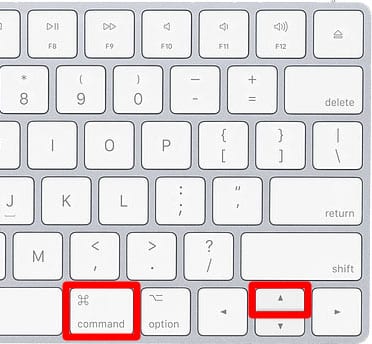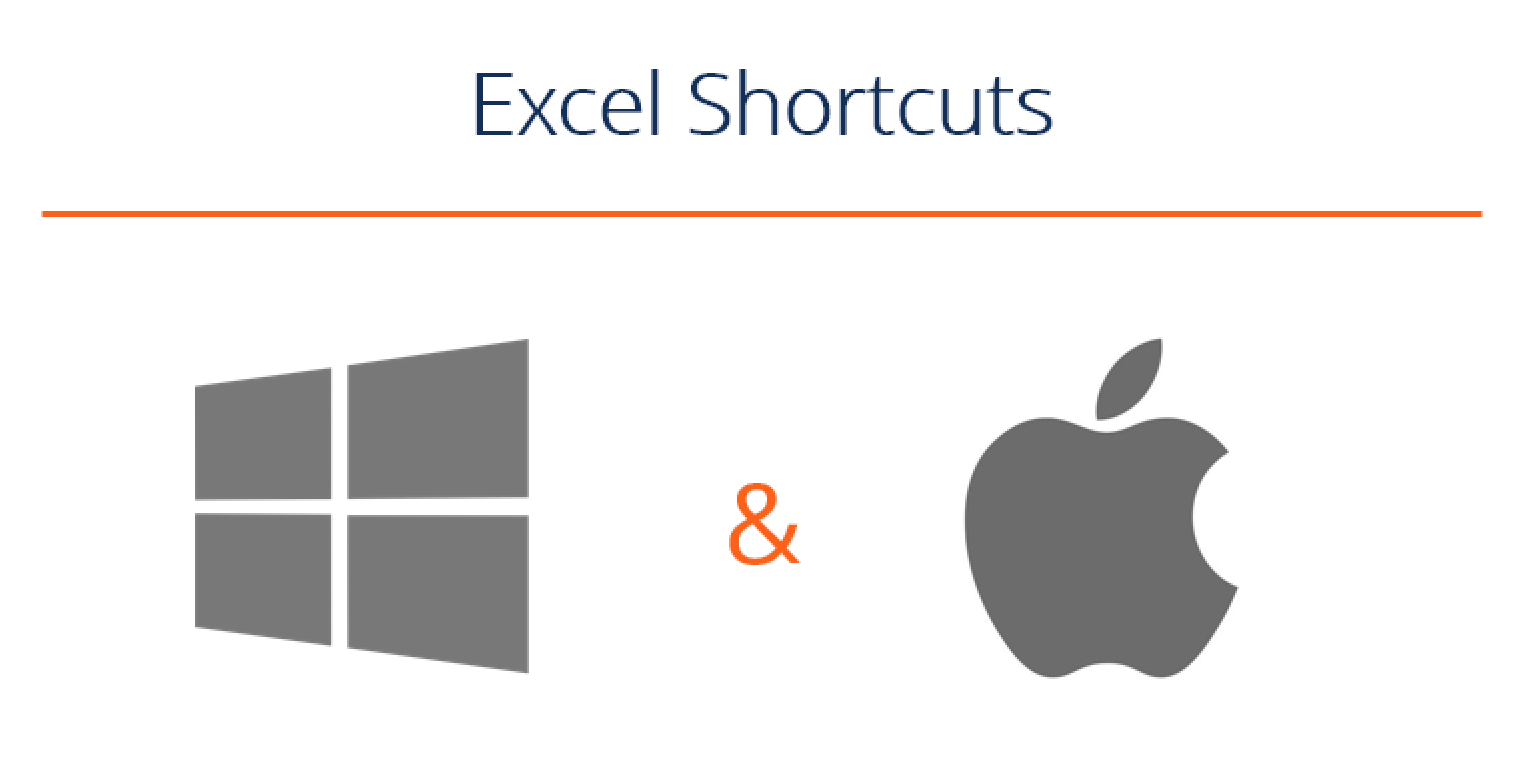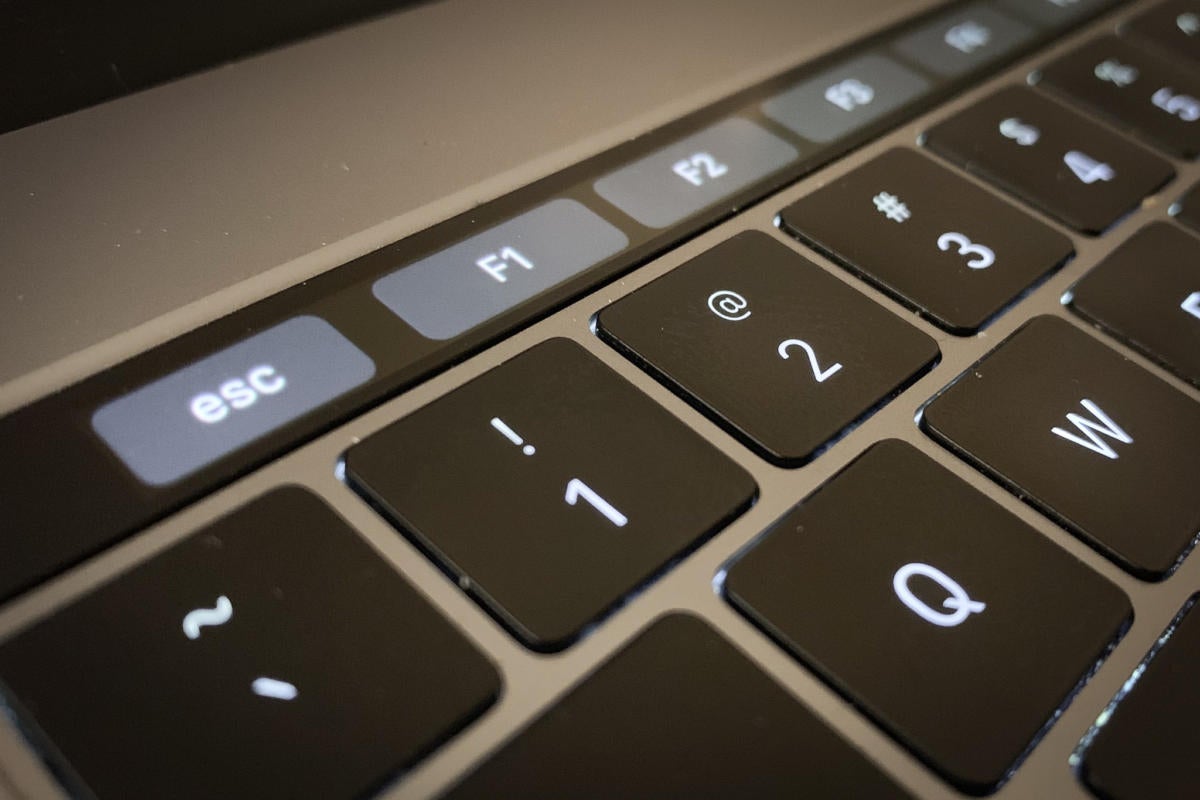
- I WAS TOLD TO USE CONTROL COMMAND H FOR A MAC BUT I HAVE A PC INSTALL
- I WAS TOLD TO USE CONTROL COMMAND H FOR A MAC BUT I HAVE A PC WINDOWS
**This shortcut only works on the Slack desktop app. Or learn more about using Slack with a screen reader. Tip: For more information on keyboard accessibility, visit Navigate Slack with your keyboard.

You can view a list of keyboard shortcuts by pressing ⌘ ・ (Mac) and Ctrl ・ (Windows/Linux), or read on for details. You can view a list of keyboard shortcuts by pressing ⌘ / (Mac) and Ctrl / (Windows/Linux), or read on for details. You can view a list of keyboard shortcuts by pressing ⌘ ö (Mac) and Ctrl ö (Windows/Linux) from Slack on your desktop, or read on for details. You can view a list of keyboard shortcuts by pressing ⌘ , (Mac) and Ctrl, (Windows/Linux) from Slack on your desktop, or read on for details. The output for the above command ( Figure E) would tell you how much space is being used by that filesystem.Use keyboard shortcuts in Slack to get around quickly. The command for this would be: btrfs fi df /media/jlwallen/AUDIO So let's say you need to find out how much space is being used on /media/jlwallen/AUDIO. The btrfs command works with mount points instead of device names.
I WAS TOLD TO USE CONTROL COMMAND H FOR A MAC BUT I HAVE A PC INSTALL
In order to use this software, you will have to install the btrfs-tools package with one of the following commands (depending upon your distribution): sudo apt install btrfs-tools Now we're going to examine disks that make use of the btrfs file system. The more specific you get, the more specific your results. For example, the following command will report which subdirectories are using up the most space in a directory that was reportedly gobbling up a significant amount of storage: du -a /jlwallen/media/HALEY | sort -n -r | head -n 10 You can then get more specific by running the above command on one of the reported directories. Once the report comes back ( Figure D), you'll see how much space the top ten directories are taking up. The above command takes the results of du and pipes them to the sort command, which then pipes those results to the head command.

The command for this would look something like this: du -a / | sort -n -r | head -n 10 The shortcut to toggle absolute and relative references is F4 in Windows, while on a Mac, its Command T.
I WAS TOLD TO USE CONTROL COMMAND H FOR A MAC BUT I HAVE A PC WINDOWS
For example, the shortcut for Edit Cell in Windows is F2, and on a Mac, it's Control + U. The du command will do this for you (but it will take quite some time, depending on how many drives and how much data you have on your system). Finally, some Excel shortcuts are just plain different on a Mac. Let's say you need to find the top ten largest directories on your system. If you issue the du command with no options, it will report back every file in the working directory (as well as every file in subdirectories). What is taking up so much space? Let's use the du command to find that out. Say, for instance, you've used the df command to discover that one drive is nearly full. This makes it really easy to track down those directories that are eating up the largest portion of precious storage. The du command allows you to see what directories are using your disk space. avail - total number of available blocks.

source - source of the device mount point.The above command will report only the source, used space, and available space for the /dev/sda drive. If you want to get even more specific with your output, you can tell df exactly what you want it to report using the -output option, like so: df -output=source,used,avail /dev/sda


 0 kommentar(er)
0 kommentar(er)
